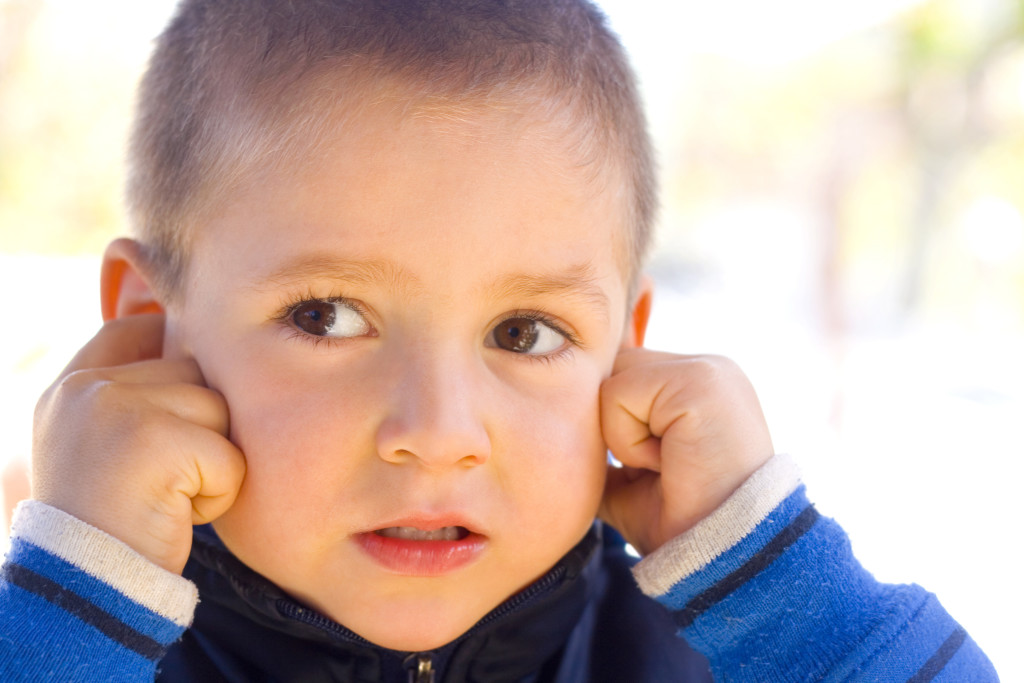Private Schools and Suicide
The findings about whether private schools provide some protection against suicide are mixed.
A 2014 study of 8407 children found than 10.1% of privately educated students thought about committing suicide and half of those (5.2%) made plans to commit suicide. More than half those who made plans attempted to commit suicide (2.8%). If these numbers seem If these numbers seem abhorrent to you, you’ll be shocked to learn the frequency was about half what the researchers found for publicly educated children.
An earlier study at Texas State University found that private schools did not provide protection against suicide.
The answer is it depends on the child and the things the child finds the most stressful. Certainly students who attend private schools (both secular and religious) attempt suicide, like Matthew Cline. Suicide is the third leading cause of death for 15 to 24 year olds, and the sixth leading cause of death for 5 to 14 year olds.
Suicide is also contagious. When one child chooses to end his or her life prematurely other teens can view suicide as a way to end their emotional pain. Davidson, North Carolina, an upscale college town suburb of Charlotte has seen more than its share of suicides in recent years. Other towns have also experienced clusters of suicides. The way suicide is reported impacts the contagion effect. Not only is what one’s friends do important, this Princeton study found that what friends think is important.
There are many quotes about choosing one’s friends wisely because the company you keep determines who you become. The quantity of quotes, all with the same message, points to a basic truth.
Primary Prevention
Most suicide prevention efforts focus on the crisis point, but research clearly demonstrates that protective factors can be developed and that the earlier prevention efforts are made, the more effective they are. All prevention efforts are important but my work focuses on Primary Prevention. What is Primary Prevention (other than something that deserves much more attention than it currently receives?)
Primary Prevention is addressing potential problems early enough that the problem they are designed to prevent never occurs. When you wash your hands you are practicing Primary Prevention against the spread of disease and bacteria. When you brush your teeth you are practicing Primary Prevention of gum disease, rancid breath, and even heart disease. The factors that distinguish Primary Prevention is that:
- It is designed to prevent a problem
- It occurs when prevention is easiest and more likely to be successful
- Unlike treating symptoms after the problem develops, Primary Prevention is a cure that works before it is necessary
There are two ways to address suicide prevention before the crisis. One is to educate the public about suicide warning signs and risk factors and provide information about when to act and what to do. The goal of this type of Suicide Awareness and Prevention Education is to help friends, families, teachers, and religious leaders identify a risk before the crisis point. Most of the published articles make a cursory attempt to provide this education but they fall far short of providing information on the 40 different warning signs. The typical article lists about five. They seldom provide information about what to do and when to act when someone notices warning signs.
We don’t think a list of five warning signs is adequate. Even a list of 40 warning signs without an explanation is inadequate because it leaves too much open for interpretation or misinterpretation with deadly consequences. For this reason we are holding Public Suicide Prevention Meetings to educate and empower parents, educators, public servants, health care providers, religious leaders and friends can be part of the prevention effort.
The other way to address suicide prevention is true Primary Prevention. Researchers have repeatedly found that resilience provides protection against suicide. Researchers have repeatedly associated resilience with life-long positive outcomes in areas as wide-ranging as career success, mental health, physical health and good relationships. Scientists from many disciplines agree that resilience is a learnable skill. Resilience alters the outcome of childhood trauma and abuse in a positive way. This is important because the level of abuse (physical, sexual, and verbal) is over 30%. Recent research has also demonstrated that verbal abuse often has the worst long-term negative impact. This seems counter to what we feel the greatest revulsion to but when evaluated for the day-to-day effect, this outcome begins to make more sense.
Verbal Abuse
Verbal (psychological) abuse tends to create repetitive negative thoughts. Depending on your age, imagine a record, CD, or MP3 playing over and over again, undermining your ability to believe in yourself or even like yourself.
“Psychological abuse of a child is a pattern of intentional verbal or behavioral actions or lack of actions that convey to a child the message that he or she is worthless, flawed, unloved, unwanted, endangered, or only of value to meet someone else’s needs.”
For the most part, Americans tolerate far higher levels of psychological abuse than are healthy. We welcome television shows into our home where abusive behaviors are modeled and often considered humorous. Just because such behaviors are common does not make them healthy. Our paradigm about healthy behavior needs to shift and education is the key. Many of the parents are merely repeating the behavior they witnessed as children or are emulating what they’ve seen on television with no awareness of the long-term consequences to children they love and want the best for. It is lack of knowledge, not lack of goodness, that leads to most psychological abuse. We remain silent when we witness parents demeaning their children in public. We do not have acceptable social interventions to help educate others about the potential long term consequences of their behavior. 
I will probably always remember a young Mother in the grocery store telling her toddler how stupid he was for reaching for putting a can of food she had put next to him in the cart into his mouth. There are times when I will say something but other times, such as that one, I felt any effort to educate her would be met with repudiations and possibly resentment for my interference. I was tired that day but what will be the long term consequences to that child of his Mother not knowing the damage she was doing by labeling her son stupid? Humans live up to the expectations others put upon us (Pygmalion effect (PDF)).
The damage is made worse by our tendency to teach our children to hide their feelings, to “keep a stiff upper lip” or “be strong.” There is nothing wrong with being strong but everyone needs a time and place where they feel they can safely release pent-up frustration, emotional hurt and anger or it becomes an infected wound that will eventually cause greater problems. For more information on psychological abuse, see this post.
Resilience is a Learnable Skill
Resilience can be increased with learnable skills. The long term effect of resilience is lower risk of suicide, greater likelihood of educational and career success, better relationships, improved mental, emotional and physical health. Resilience also improves the chances of a favorable outcome following trauma. While we are all familiar with PTSD in combat veterans, it also frequently affects victims of accidents and violent crimes. Well developed resilience increases the chances an individual will bounce back from such events and from other less traumatizing events such as the loss of a job, end of a romantic relationship and the death of a loved one. The faster, easier recovery lessens the risk of other undesired outcomes such as drug and alcohol abuse.
Developing resilience is the best form of Primary Prevention against suicide. We offer courses for children and adults that teach these skills.
Public Suicide Prevention and Awareness Meetings
Please attend one of the scheduled meetings. They are free and they could save a life. If you are an educator, religious leader, business leader, public servant or health care worker please attend both for your own knowledge and to evaluate whether you would like a presentation for your organization. I will accommodate as many requests as I can to bring this valuable information to our community. Every attendee will receive a copy of Prevent Suicide: The Smart Way.
Emergency Numbers
If you are thinking that maybe you’d rather be dead or that those you care about would be better off if you were, call the toll-free, 24-hour hotline of the National Suicide Prevention Lifeline now at 1-800-273-TALK (1-800-273-8255); TTY: 1-800-799-4TTY (4889) to talk to a trained counselor. Or, call your doctor, dial 911, or go to an emergency room. For a free detailed booklet on depression and its treatment, go to: http://www.nimh.nih.gov/health/publications/depression/complete-index.shtml
Someone wants to help you. Please call
International Emergency Numbers
Australia 000
New Zealand 111
Fiji 000 or 911
United Kingdom 112 or 999
Ireland 112 or 999
Turkey 112
Switzerland 112
India 102
Hong Kong 999
Israel 101 or 112
Japan 119
Nepal 102
UAE 112
Brazil 192
Costa Rica 911
S. Africa 112, 10 177
China 120
Philippines 117 or 112

